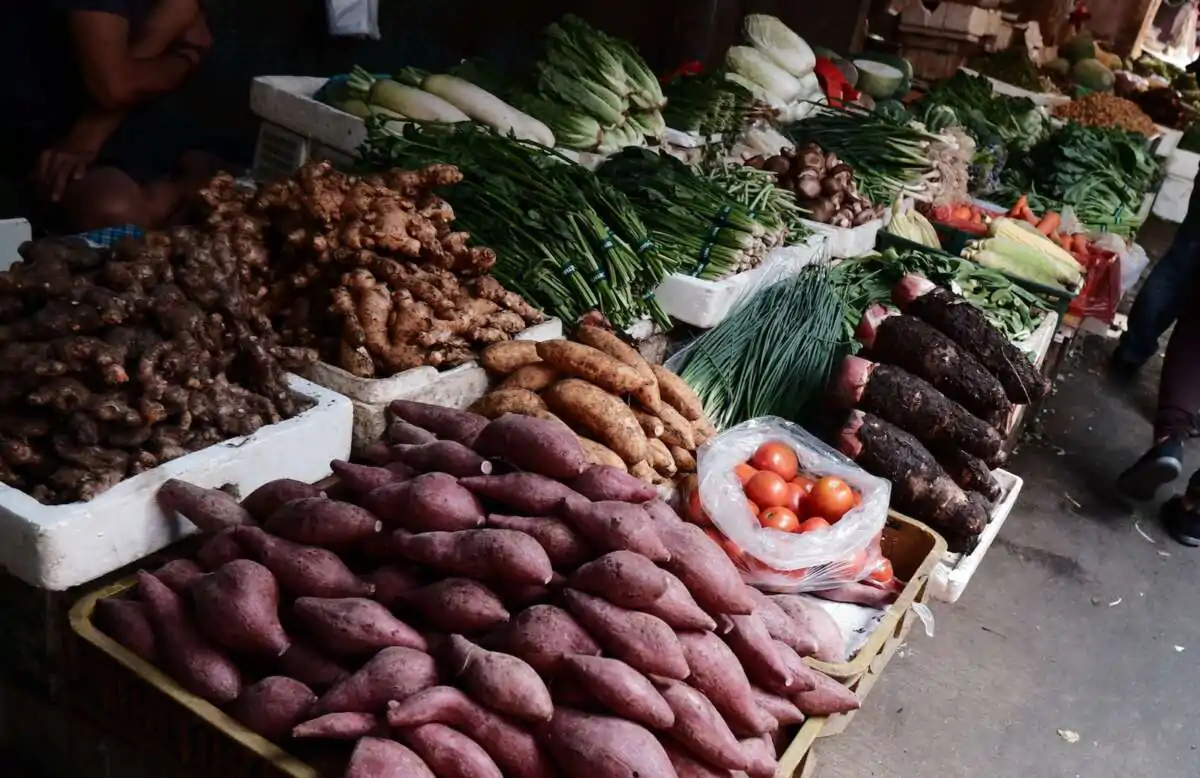Hello, young learners! Welcome back to Primary 2 Pre Vocational Studies, Agricultural Science. In our previous lesson, we learned about different types of plants. Today, we’re going to learn about Tuber Crops.
Objectives
By the end of this lesson, you should be able to: * Mention four examples of local tuber crops. * Identify the major locations where these crops grow.
Tuber Crops
Tuber crops are a type of plant that stores food in underground stems called tubers. These tubers are edible and are a valuable source of food for many people around the world.
What is a Tuber?
A tuber is a thickened underground stem that stores food for the plant. It has buds, called “eyes,” that can grow into new plants.
Examples Of Local Tuber Crops
Some of the common local tuber crops include: * Yam * Cassava * Sweet Potato * Irish Potato * Cocoyam
Location Of Local Tuber Crops
The main locations where these tuber crops grow are: * Yam: Typically grown in regions with well-drained soil, such as the tropical and subtropical regions of Africa, Asia, and the Americas. * Cassava: Grows well in tropical and subtropical regions, commonly found in Africa, Asia, and South America. * Sweet Potato: Thrives in warm climates and is widely cultivated in Africa, Asia, and parts of the Americas. * Irish Potato: Grows in cooler climates and is often cultivated in regions with temperate weather, including parts of Europe, North America, and Asia. * Cocoyam: Grows well in tropical climates and is often found in regions of Africa, Asia, and the Americas.
Evaluation
Now that you’ve learned about Tuber Crops, let’s see if you can answer these questions:
- Name three examples of local tuber crops.
- Where are these tuber crops commonly found?
- Can you draw your favorite local tuber crop?
- What are the benefits of eating tuber crops? 5. Can you name some dishes made from tuber crops?
Conclusion
We’ve learned about the different types of local tuber crops and where they grow. These crops are important sources of food and nutrition for many people. Remember to ask questions if you have any, and continue to learn about the amazing world of plants! See you in the next lesson!









